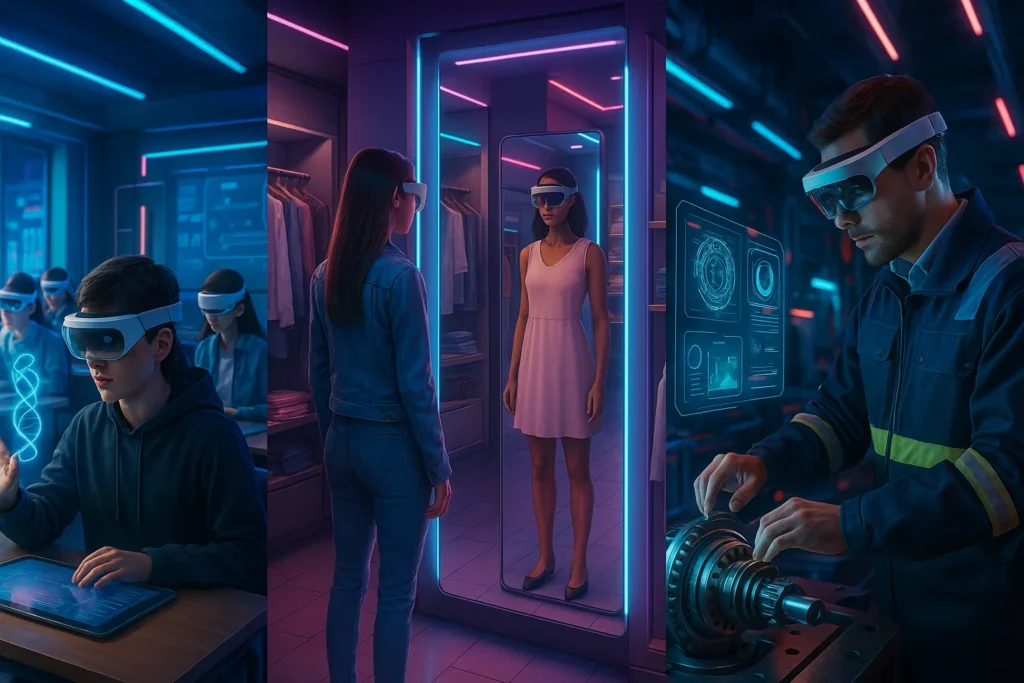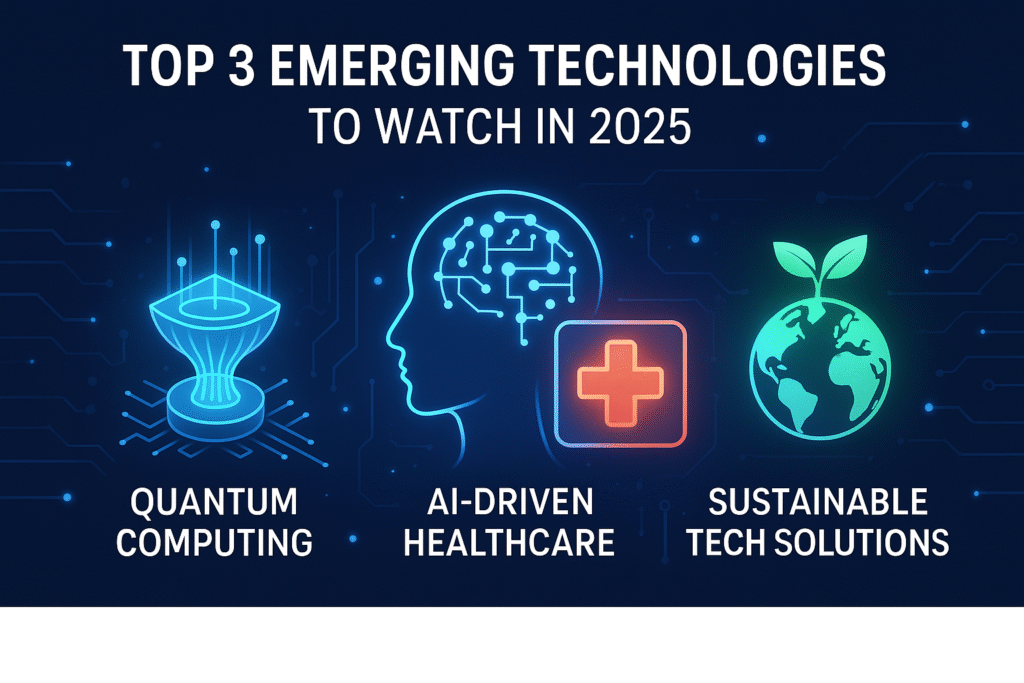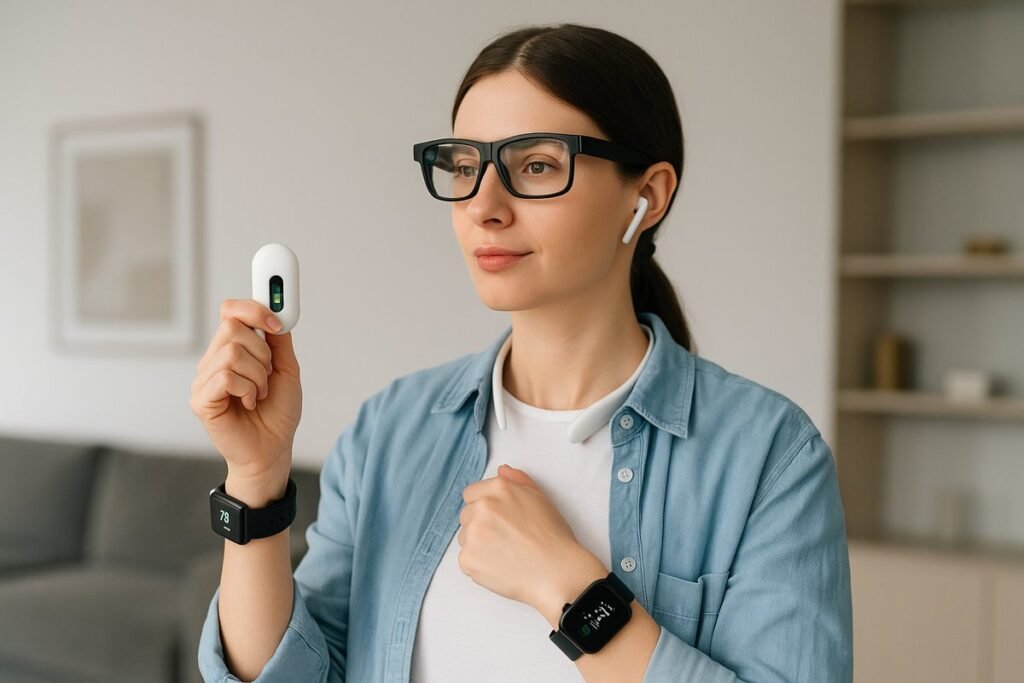Augmented Reality (AR) has matured far beyond gaming. In 2025, we’re seeing AR being used in classrooms, retail stores, healthcare, logistics, and engineering. Here’s a look at where AR is headed — and how it’s already transforming our everyday lives.
🎓 Education: Classrooms with Immersive AR Lessons
Schools are using AR headsets and tablets to visualize complex subjects — like exploring human anatomy in 3D, or walking through a virtual ancient city.
Impact: Improves retention, fosters engagement, and supports remote learning through shared AR experiences.
🛍️ Retail: Virtual Try-Ons & Smart Shopping
Brands like IKEA and Sephora use AR to allow customers to “try before they buy.” From makeup to furniture, AR apps let users see products in real-world environments.
▶️ Explore AR Home Tools on Amazon
🏥 Healthcare & Medical Training
AR is now assisting surgeons with overlayed instructions, while medical students practice procedures in virtual simulations without risk.
⚙️ Industry & Manufacturing
Engineers use AR to see internal components of machinery in real-time and overlay repair guides. Logistics teams use AR glasses to optimize inventory picking.
💡 Why AR Matters in 2025
- Blends digital content with the real world in real-time
- Reduces learning curves across industries
- Improves decision-making with real-time visualization
📚 Related Guide:
Want to dive deeper? Read our AR & VR in Education: 2025 Outlook
🛠️ Get Started with AR:
▶️ Magic Leap 2 – Developer Kit
▶️ Best AR Apps for Home, Work, and Learning
This article is research-based and not sponsored. Affiliate links may generate a small commission to support Finyora’s editorial work.



